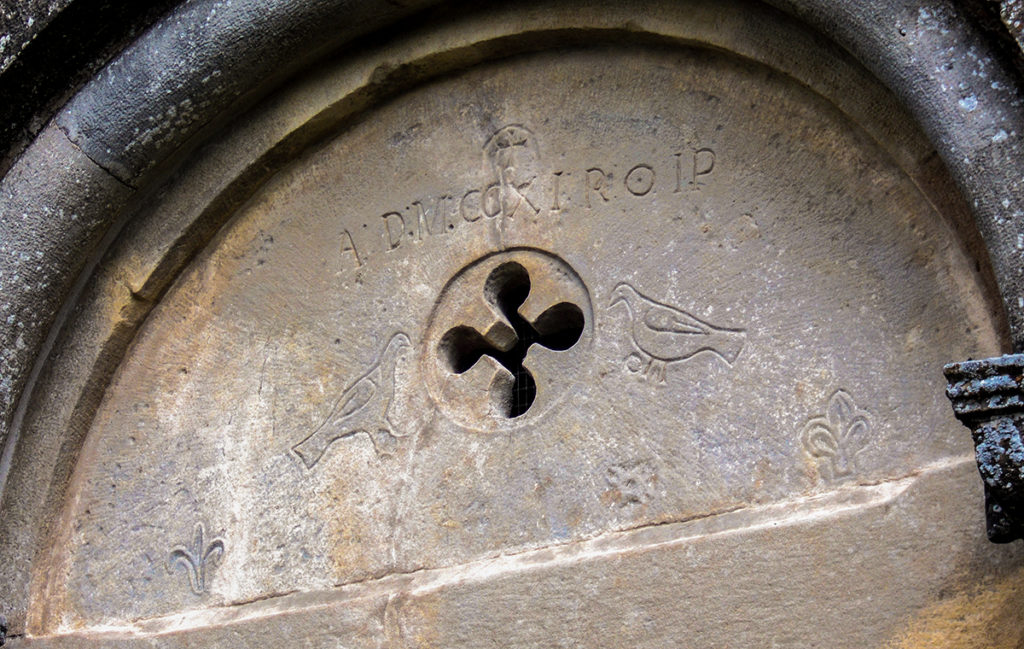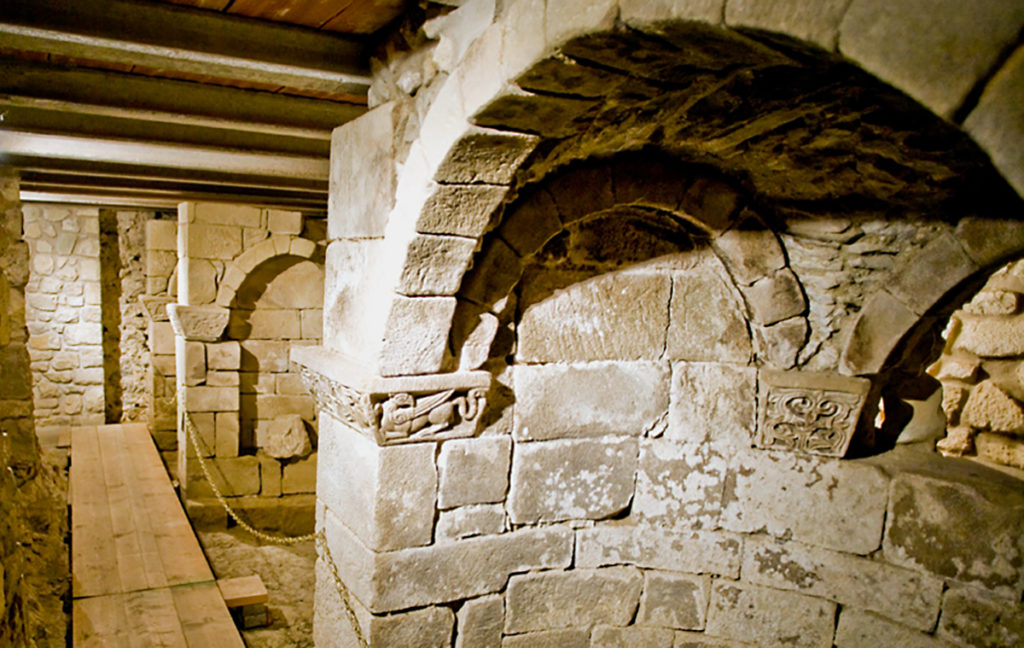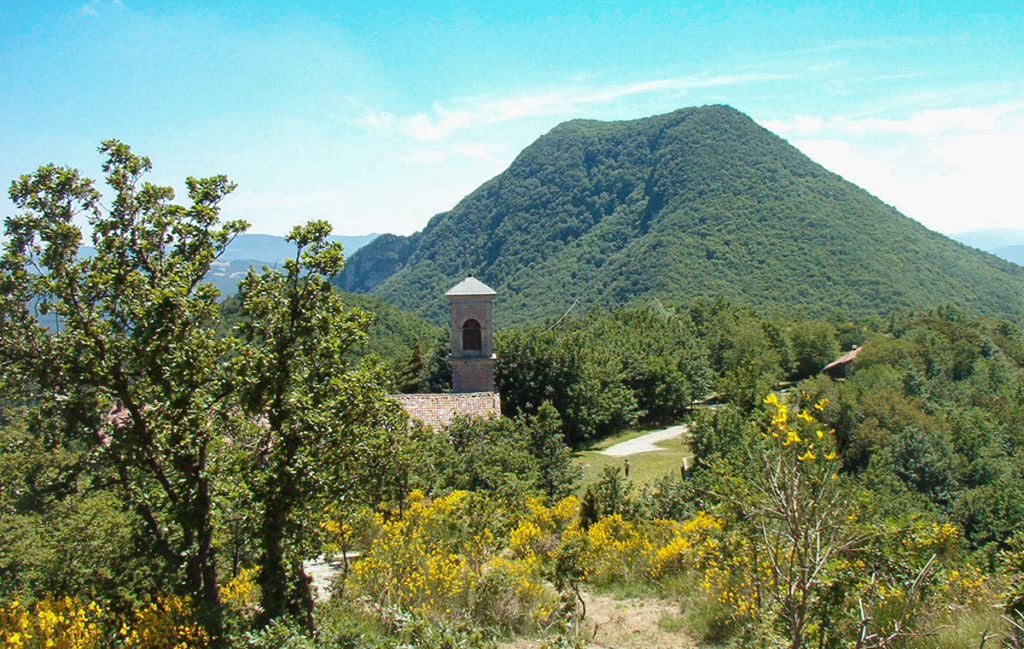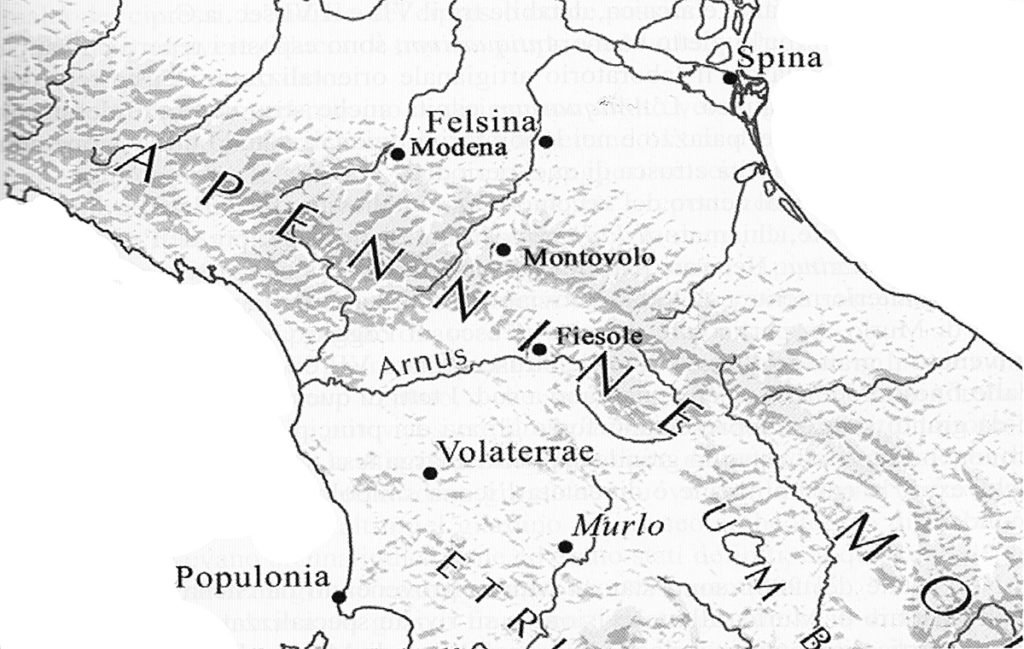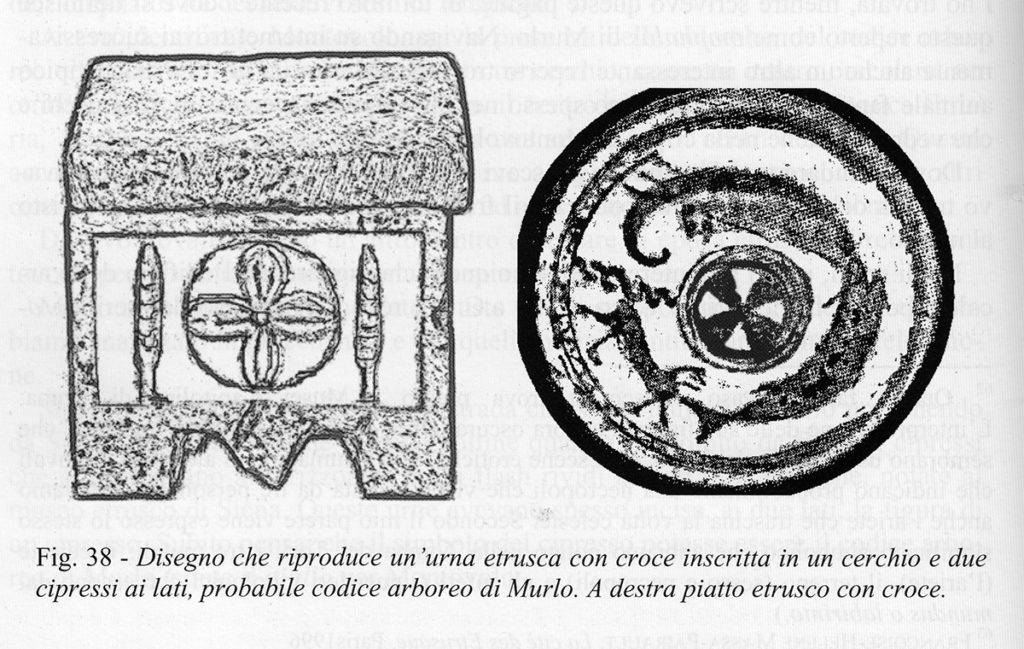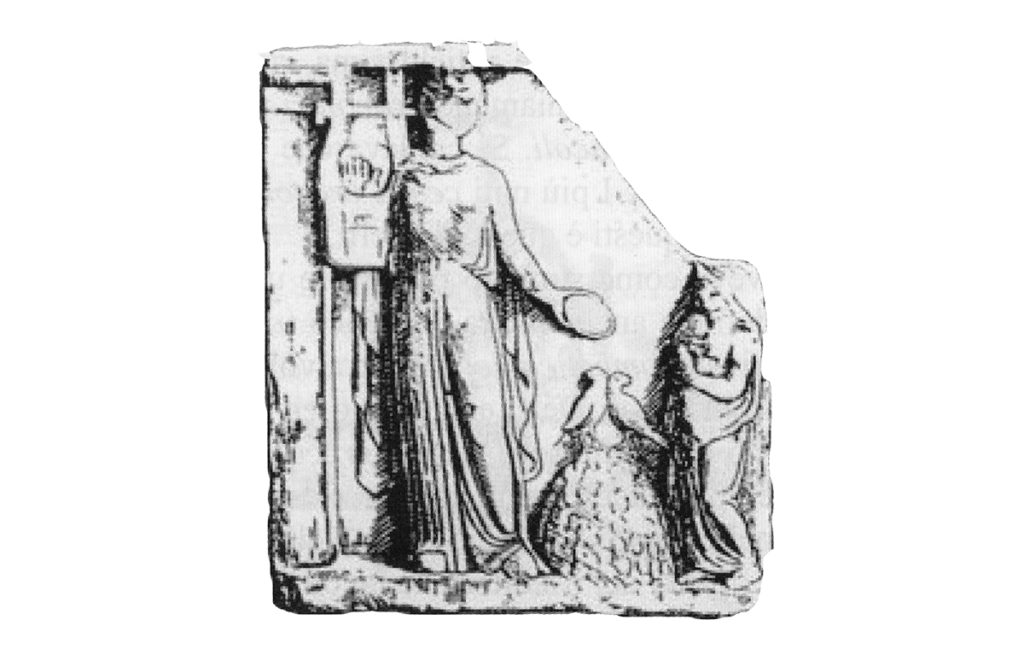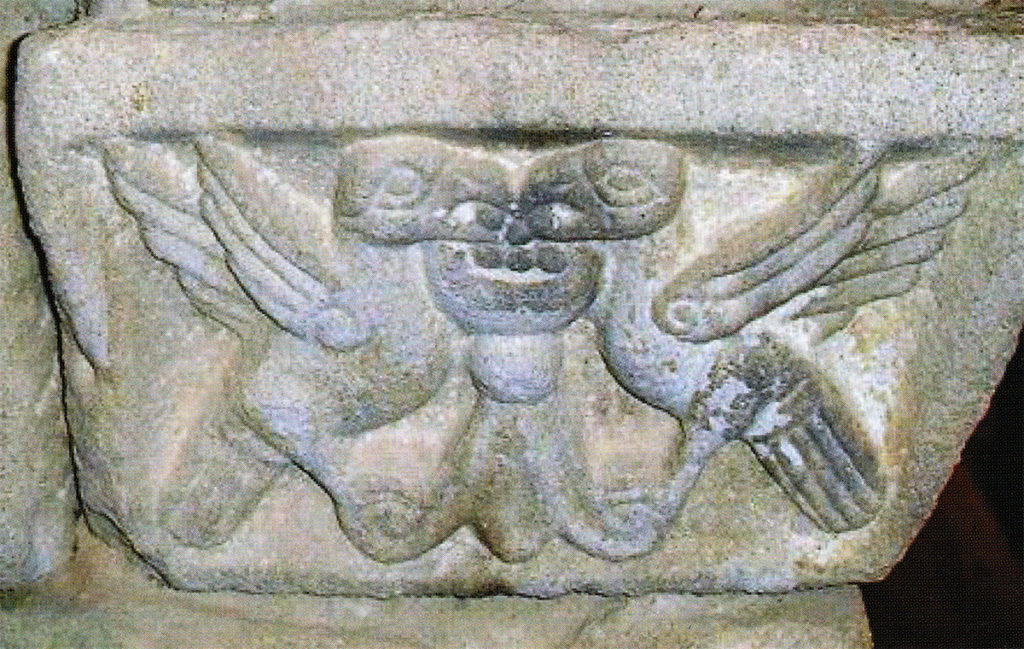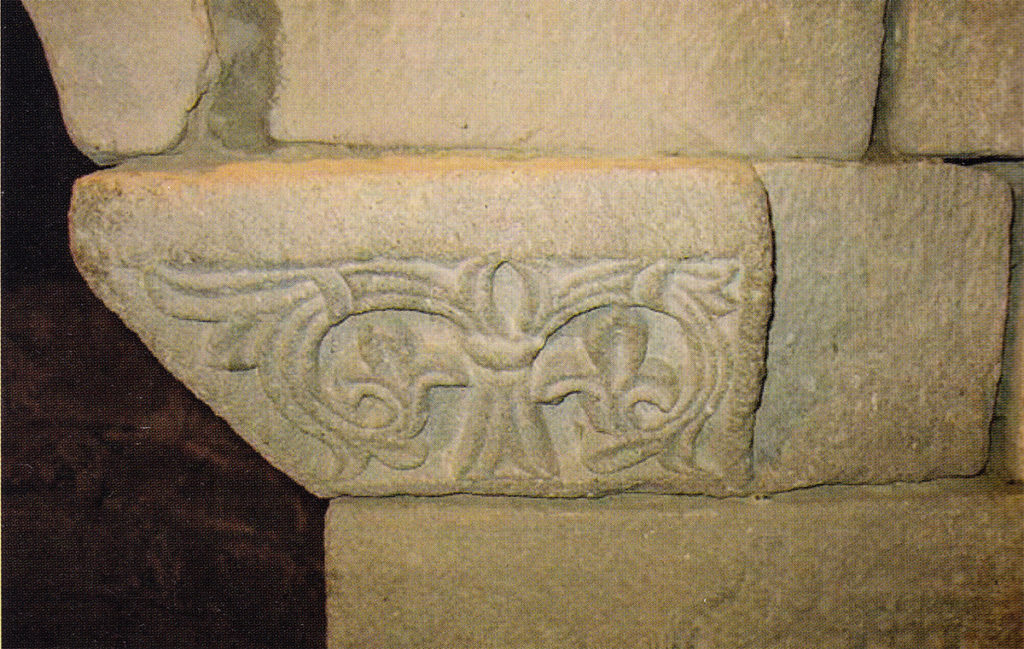Edited by Graziano Baccolini
The Montovolo sanctuary is the main theme of prof. Baccolini’s charming hypothesis. In his two volumes dedicated to this matter, he has proposed the sanctuary to have older origins than known so far.
THE MOST RENOWN ‘ORACULAR CENTERS’ CAN BE FOUND AROUND THE MEDITERRANEAN SEA. IN ANCIENT TIMES, THESE PLACES WERE CONSECRATED TO RELIGIOUS PRACTICES.
The oldest sites known today date back to the Egyptian first dynasties (around 2900 B.C.); most likely, all such centers are very old, maybe older than what can be inferred from ascertained historical sources and from in situ inscription. Their position is presumably not accidental as they are often located in mountainous and impervious places. One need only consider some of the most notorious oracular centers: for example, Dodona on Mount Tomaros, Dephi on Mount Parnassus, or Delos on Mount Kynthos. Furthermore, the sites are equidistant from each other and are aligned along straight lines.
In the centuries following their construction, they were transmuted by the subsequent civilizations (for example, the Greek) into so-called ‘oracular centers’: people from distant lands were attracted there, probably charmed by the famous ‘predictions’ and oracles of priests-guardians of the centers.
In each center stood a stone, usually oval or hemispherical, called navel-stone (omphalos): for this same reason the centers defined themselves ‘navel of the world’. On such navel-stones – or nearby – a pair of birds facing each other was often carved, probably representing doves or pigeons. Moreover, every oracular center was associated to an ‘arboreal code’: Dodona was associated to the oak, Delphi to the laurel, Delos to the palm tree, etc. The plant or its flowers were often represented on the navel-stone or nearby. The plant and flower ‘code’ identified each oracular center.
The dove decorations were the most common mark to define oracular centers. It is acknowledged that oracular center were in communication with one another: doves were actually carrier pigeons, which allowed the centers to keep contact across remarkable distances – hundreds and even thousands kilometers afar. Thus a ‘global’ web of oracular centers was woven, ensuring the guardians of such centers to get the news long before they were carried by messengers: pigeons could fly in one single day across distances which would have taken months to cover on land or at sea. The guardians and priests of the oracular center took advantage of such quick communication network to ‘foresee’ events – which in fact had already happened, but would have been officially announced only in days or months.
Many locals know the Montovolo well, with its “santa Caterina’s leap”, a lookout on the Tuscan Emilian Apennine; while assumed by many, the origins of its ancient sanctuary are partially unknown. By carefully observing the lunette above the gate, one can notice the inscription ‘A.D. MCCXI ROIP’ as the supposed dating. Nonetheless, the lunette is much older and the date only indicates its reuse.
What is most interesting though is the pair of facing doves carved on the lunette; in the middle five round holes form an Etruscan ‘cross’; in the lower corners two plants are represented, resembling the lily of Florence. Considering the premises concerning the Mediterranean oracular centers, it is now possible to suppose that Montovolo could have originally been a very ancient Etruscan oracular center. In fact, it presents the typical decoration with a pair of doves – probably carrier pigeons – and an arboreal code, representing the two lilies (or maybe another plant yet unidentified, most likely typical of the Apennine area).
Later, this center may have been consecrated to goddess Pale (from which stems the previous name of Montovolo, i.e. Mount Palense), and then to goddess Isis, like some folktales tell. Finally, it has been turned into a Christian temple: its consecration – coincidentally – to a black Virgin Mary would confirm the tale of the previous consecration to Isis.
After a long research, Prof. Graziano Baccolini has championed in his books this initial theory. In his opinion, Montovolo was an oracular center – the first Etruscan to be known. More Etruscan oracular centers have been discovered and reported in his second book. The ‘crypt’ in the Montovolo sanctuary is actually the only rest of the big Etruscan temple, destroyed in 363 A.D. Moreover, the arboreal code – the lily – could have originated the French lily and the Florence lily. I believe now many visitors of Montovolo will be willing to observe with renewed interest the lunette with the doves and the lilies, as well as the ‘crypt’ under the altar.
References:
Graziano Baccolini, La Montagna Etrusca , Simboli e Misteri , ed Nuova s1, 2008
Graziano Baccolini, I Misteri di Montovolo , Centro Oracolare Etrusco, ed Nuova s1, 2017
WEB

